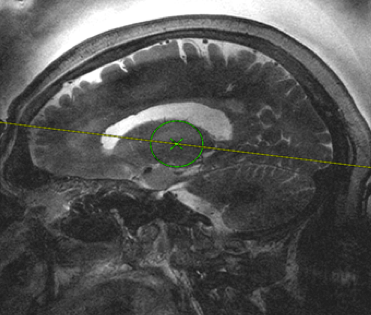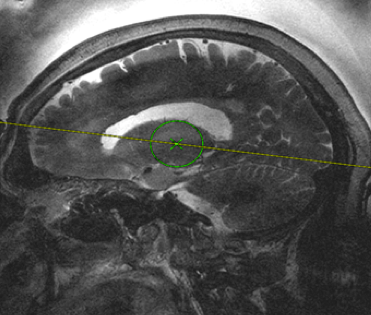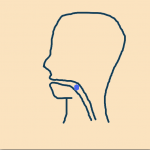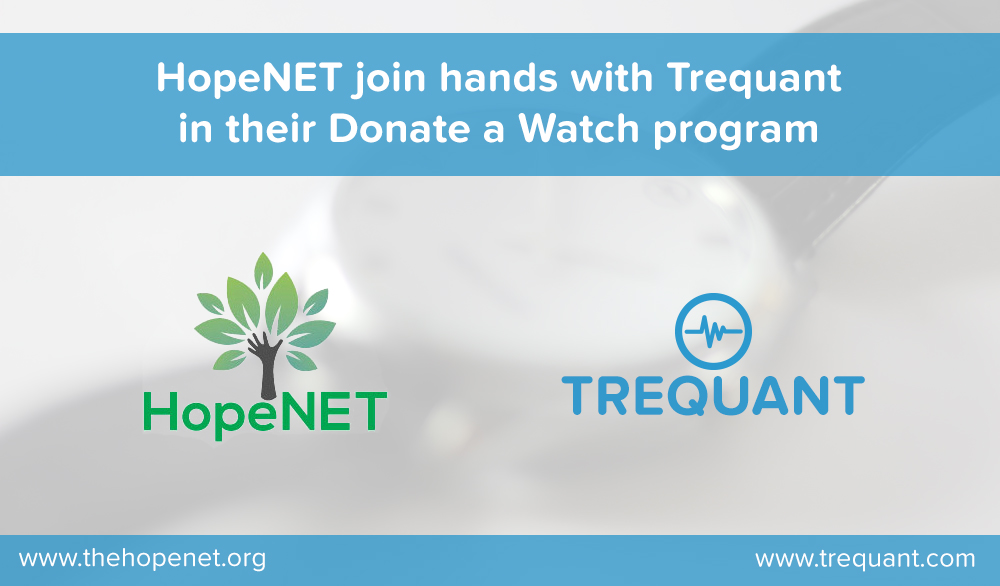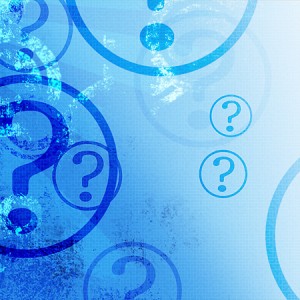 Many people who have Essential Tremor (ET) know their tremor symptoms are not the same throughout the course of each day. Tremors can get worse when fatigued, after exercise, when stressed, or sometimes when self-consciously eating with others and bringing the fork from plate to mouth. And when visiting a neurologist or doctor’s office, tremor symptoms cannot necessarily be counted on to manifest then and there when you want the doctor to see it! So that begs a few questions: what exactly is ET and how is it diagnosed or evaluated?
Many people who have Essential Tremor (ET) know their tremor symptoms are not the same throughout the course of each day. Tremors can get worse when fatigued, after exercise, when stressed, or sometimes when self-consciously eating with others and bringing the fork from plate to mouth. And when visiting a neurologist or doctor’s office, tremor symptoms cannot necessarily be counted on to manifest then and there when you want the doctor to see it! So that begs a few questions: what exactly is ET and how is it diagnosed or evaluated?
These appear to be basic questions but to date there have not been clear answers. Dr. Rodger Elble, an ET expert and movement disorder neurologist at Southern Illinois University School of Medicine says, “ET is a syndrome, not a single disease”, and in part what that means is that ET can be a hand tremor for one person, it can be a head or neck tremor for another person, or a voice tremor for someone else. The causes of the hand tremor may or may not be the same as for the head tremor. Dr. Claudia Testa, a neurologist and clinical researcher at Virginia Commonwealth University, says, “Just agreeing where in the body ET is is something that sounds like it would be well-established, but it’s actually quite a big step.” She points out that not only is there diagnostic uncertainty given the variation in types of tremor but uncertainty also because ET symptoms can change over time.
The difficulties ET researchers have faced are now more apparent given the above insights. In other words, there is a dilemma in deciding what investigational data should be used when comparing, for example, a voice tremor to a hand tremor, since the mechanisms causing each symptom are different. Remarkably there has been movement toward finding out answers about ET. Dr. Elble remarked that we do need to get past the ET labels and onto the factual information that can be collected.
The investigational data is what Common Data Elements or CDEs are about. Ten years ago, NIH, which conducts clinical research into various diseases and conditions, began a tremendous effort, the CDE Project, to standardize the data collection process, and create common data definitions and data sets, both generally and for about a dozen specific conditions. The National Institute of Neurological Disorders and Stroke (NINDS) CDE Project brochure detailed that the use of CDEs across clinical neuroscience would help do the following:
- Reduce the time and cost needed to develop data collection tools
- Promote data collection in a consistent manner
- Improve data quality
- Facilitate data sharing
- Improve opportunities for meta-analyses and comparison of results from different studies
- Increase the availability of data for the planning and design of new trials
While ET was not one of the lucky conditions funded to have formal CDE development and vetting, a CDE process was vetted and completed for a sister condition to ET called Dystonia. Dr. Elble points out that since there is overlap between these two conditions, it is crucial that the CDE database elements for both conditions be compatible. What type of Dystonia-specific CDE information is transferable to ET? Elble says nearly all of them: demographics, medical history, family history, neurological exam, characteristics of tremor, other neurological signs, etc. It is also encouraging that Dr. Testa, who does clinical research at VCU for conditions like Huntington’s Disease and ET, uses these “borrowed” Dystonia-specific CDEs that can be applied to ET research.
CDEs represent an opportunity to manage the research process more efficiently, and quality data can be collected over time and compared for meaningful results about a condition. Both Testa and Elble recognize the importance of CDE development specific to ET. Testa mentioned the learning opportunities possible with longitudinal studies. She also thinks genetic studies could drive or increase further CDE efforts in the future. Elble mentioned already having a draft of a minimum ET-specific data set and a more comprehensive data set. These neurologists and others are collaborating, and they see how motivation to find answers can increase as a result of demonstrated CDE use. Speaking about collaboration, Elble said that using “the same standardized documentation will take the collective will and agreement of most investigators to make it work.”
Funding for developing ET-specific CDEs does however need to be explored. The start-up time for the CDE process takes more or less a year’s time, and more time and effort from there to continue through the important iterative revision processes necessary for success. HopeNET is accepting donations to be used toward the ET CDE funding effort.
Lisa Gannon
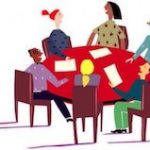 Plus Sign-Up NOW to be an ET Study Participant
Plus Sign-Up NOW to be an ET Study Participant
